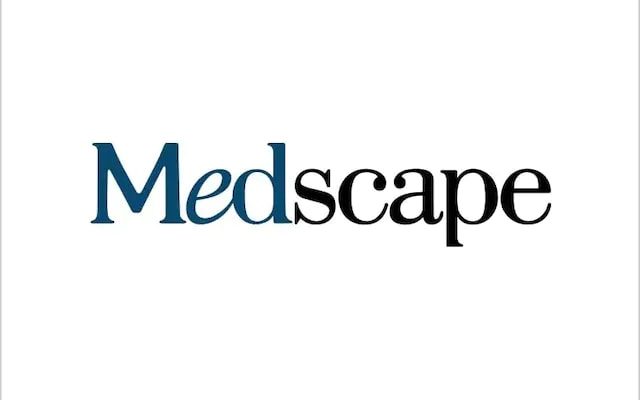Medicare Part D Beneficiaries Without Low-Income Subsidy Less Apt to Fill Prescriptions for Pricey Drugs
NEW YORK (Reuters Health) – Medicare Part D beneficiaries who don’t qualify to receive low-income subsidies often do not fill prescriptions for high-price specialty drugs, a new study finds.
An analysis of more than 17,000 prescriptions written between 2012 and 2018 for Part D beneficiaries revealed that patients receiving subsidies were nearly twice as likely as those without the subsides to obtain the prescribed drug within 90 days, researchers report in Health Affairs.
“We found that, among Medicare beneficiaries without subsidies, 30% did not fill their prescribed cancer treatments, 22% did not fill curative treatments for hepatitis C, and more than 50% did not fill disease-modifying therapies for immune system disorders or hypercholesterolemia,” said Dr. Stacie B. Dusetzina of the Vanderbilt University School of Medicine, in Nashville, Tennessee.
“Most did not fill any other new drug for their condition, either. We also found that people without subsidies were up to half as likely to fill their prescriptions as people who had subsidies that lowered their out-of-pocket costs,” she told Reuters Health by email.
There is considerable danger to patients when they can’t afford their medications.
“For cancer, hepatitis C, and immune system conditions – like rheumatoid arthritis and multiple sclerosis – these drugs can delay disease progression or can even cure patients,” Dr. Dusetzina said. “As a result, we believe that such high rates of prescription non-initiation are concerning for the treatments selected.”
To take a closer look at whether patients are skipping medications if the cost of the prescription is too high, Dr. Dusetzina and her colleagues established a linkage between electronic health record (EHR) data across 11 healthcare systems and fee-for-service Medicare claims and Part D data from 2012 to 2018.
They identified more than 17,000 new prescriptions that were issued during the study period that had list prices of at least $670 per fill to treat cancers (8,794 prescriptions, 6,990 people), hepatitis C (1,368 prescriptions, 1,210 people), immune-system conditions (5,286 prescriptions, 4,275 people) and hypercholesterolemia (1,628 prescriptions, 1,364 people).
The patients in the analysis had a mean age that ranged from 69 to 75 and most were white. Overall, 39% of the prescriptions were not filled, including 28% for cancer drugs, 21% for hepatitis C drugs, 54% for immune-system drugs and 67% for hypercholesterolemia drugs.
Patients without subsidies for drugs used to treat cancers, immune-system disorders and hypercholesterolemia were 35% to 50% less likely to fill their prescribed medications compared with those who had full or partial subsidies.
Dr. Dusetzina suggests two possible solutions:
“First, Congress has been considering modifying the Medicare Part D benefit to add a cap on annual out-of-pocket spending,” she said. “This is urgently needed for people who have complex illnesses that require expensive drugs. The other important component is to include a monthly cap in addition to an annual out-of-pocket cap so that beneficiaries do not have such high costs when initiating a new drug. For example, for many of the drugs studied, the costs to a beneficiary without subsidies would be several thousand dollars out-of-pocket for the first prescription fill.”
The findings did not surprise Dr. Albert Wu, an internist and a professor of health policy and management at the Johns Hopkins Bloomberg School of Public Health, in Baltimore, Maryland.
“Just about every practicing physician has older patients who have been forced into making the dangerous choice between paying for medicine, or paying for basics like food and shelter,” Dr. Wu said. “Medicare Part D is the main source of prescription drug insurance for older adults. However, Medicare beneficiaries who don’t qualify for a low-income subsidy must pay a co-pay for every medication fill. And there is no out-of-pocket spending limit.”
“This study is important,” said Dr. Wu, who was not involved in the research. “It provides some of the first conclusive evidence that without that low-income subsidy, seniors were only half as likely to start a high-priced drug prescribed for one of four serious conditions.”
“Although in theory these lifesaving drugs are covered by Medicare part D, we can see that in practice, for many this is not true,” Dr. Wu said. “Although these were people with higher incomes and greater assets, it obviously was not enough. It is shameful that our healthcare system forces people into choosing between potentially lifesaving medication and other financial needs. The U.S. needs to follow through with current proposed legislation to reduce out-of-pocket costs for drugs, so that our seniors can for afford the medications they need.”
SOURCE: https://bit.ly/3LHtuxP Health Affairs, online April 4, 2022.
Source: Read Full Article
